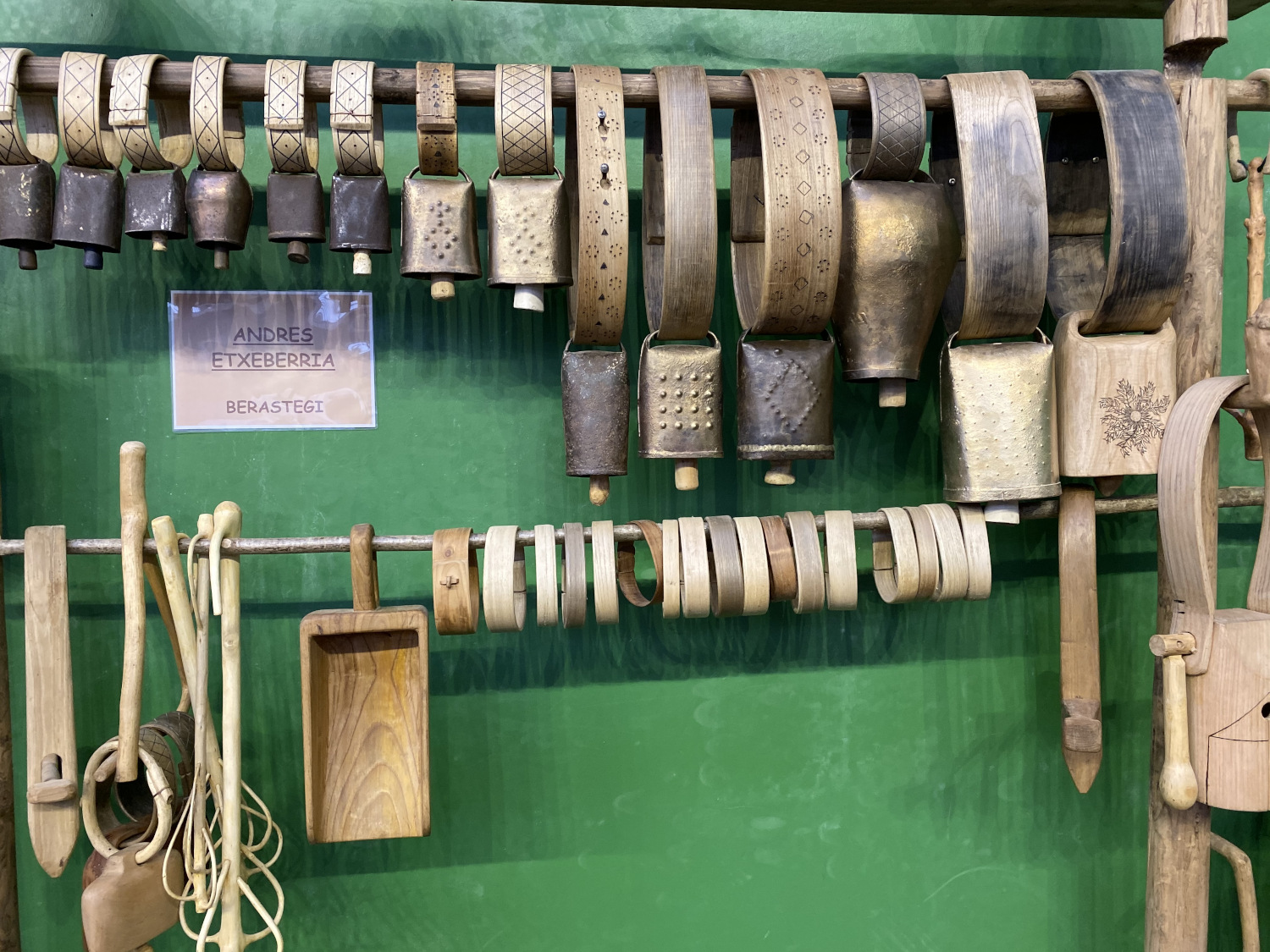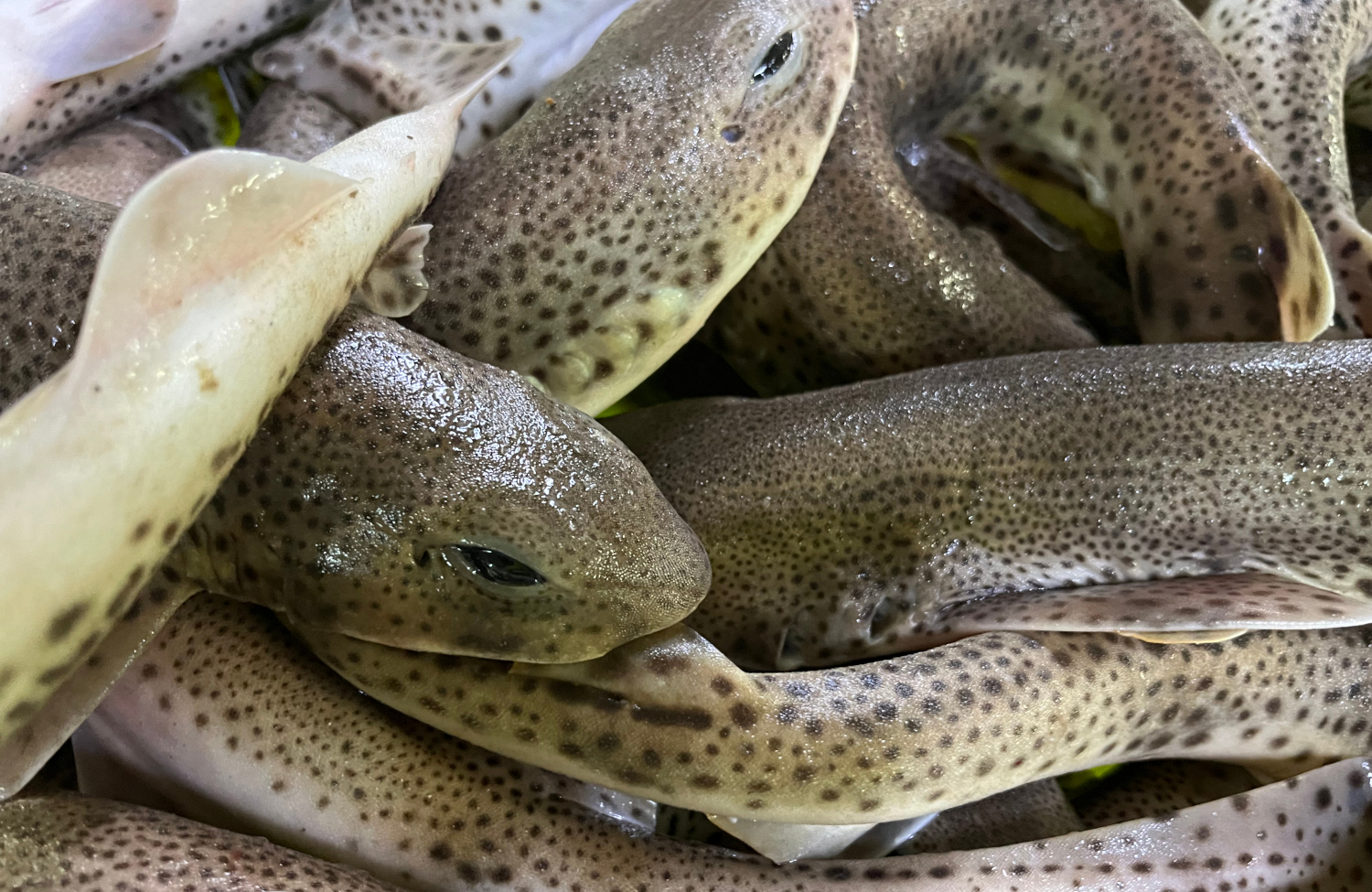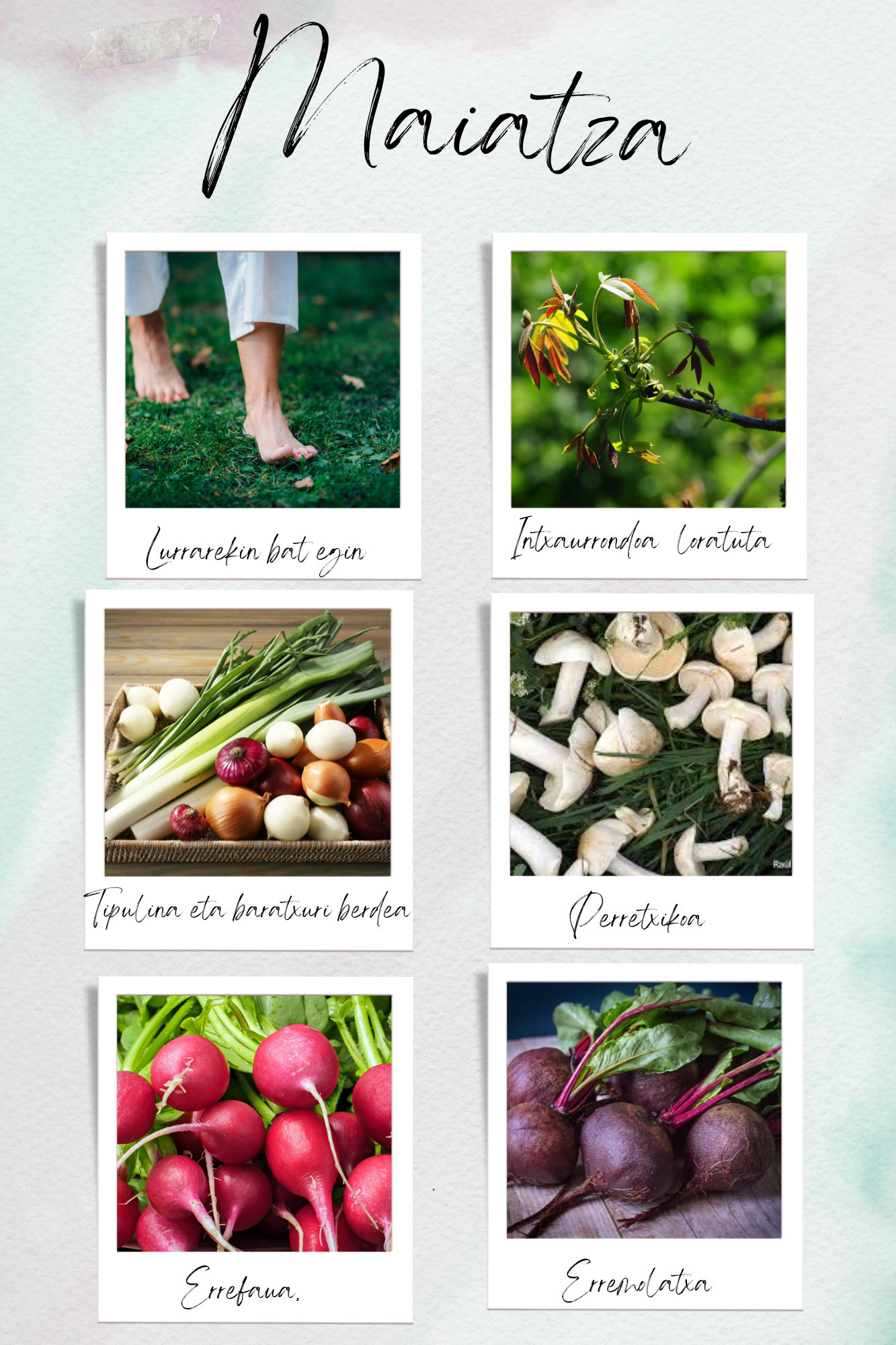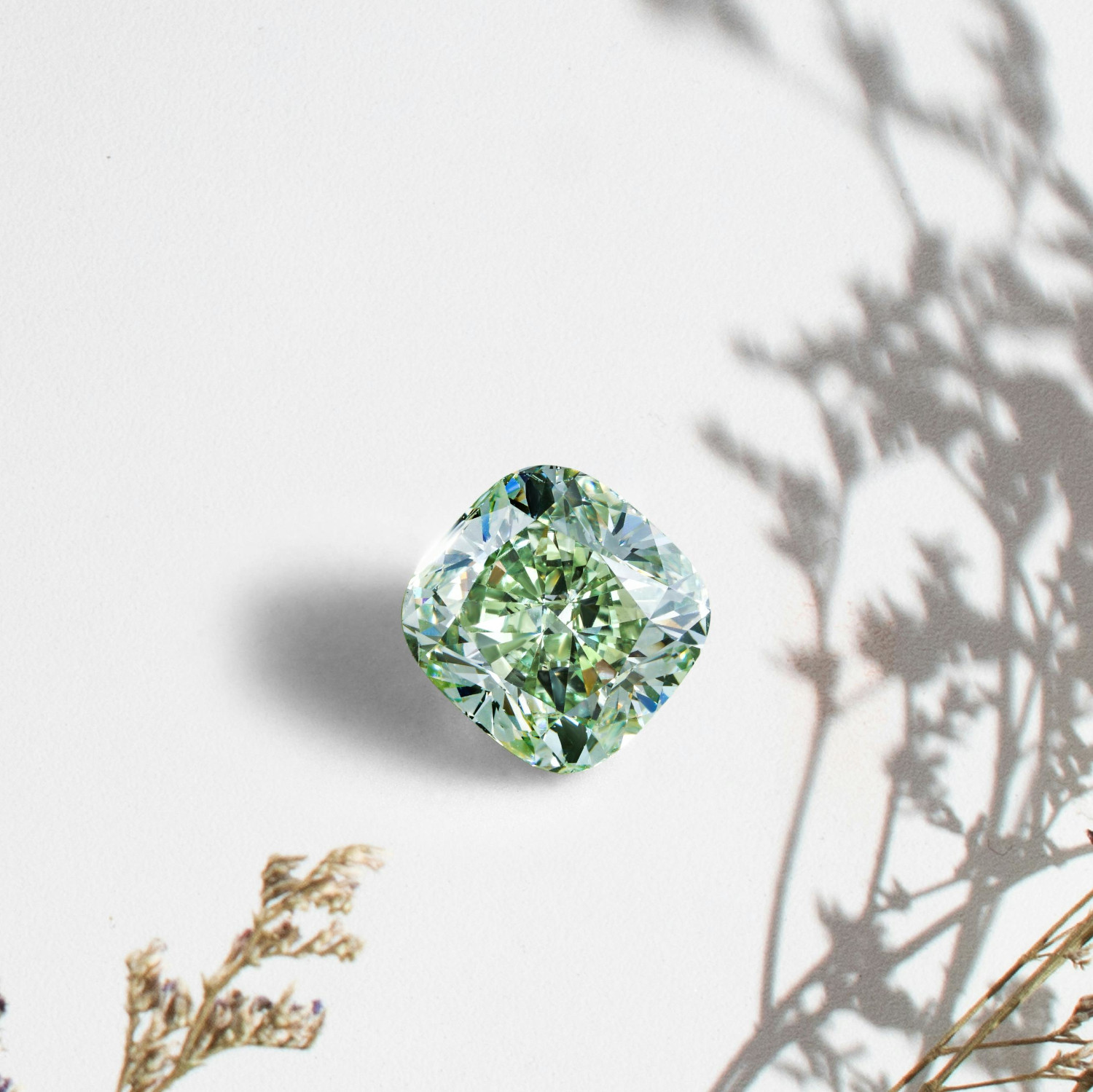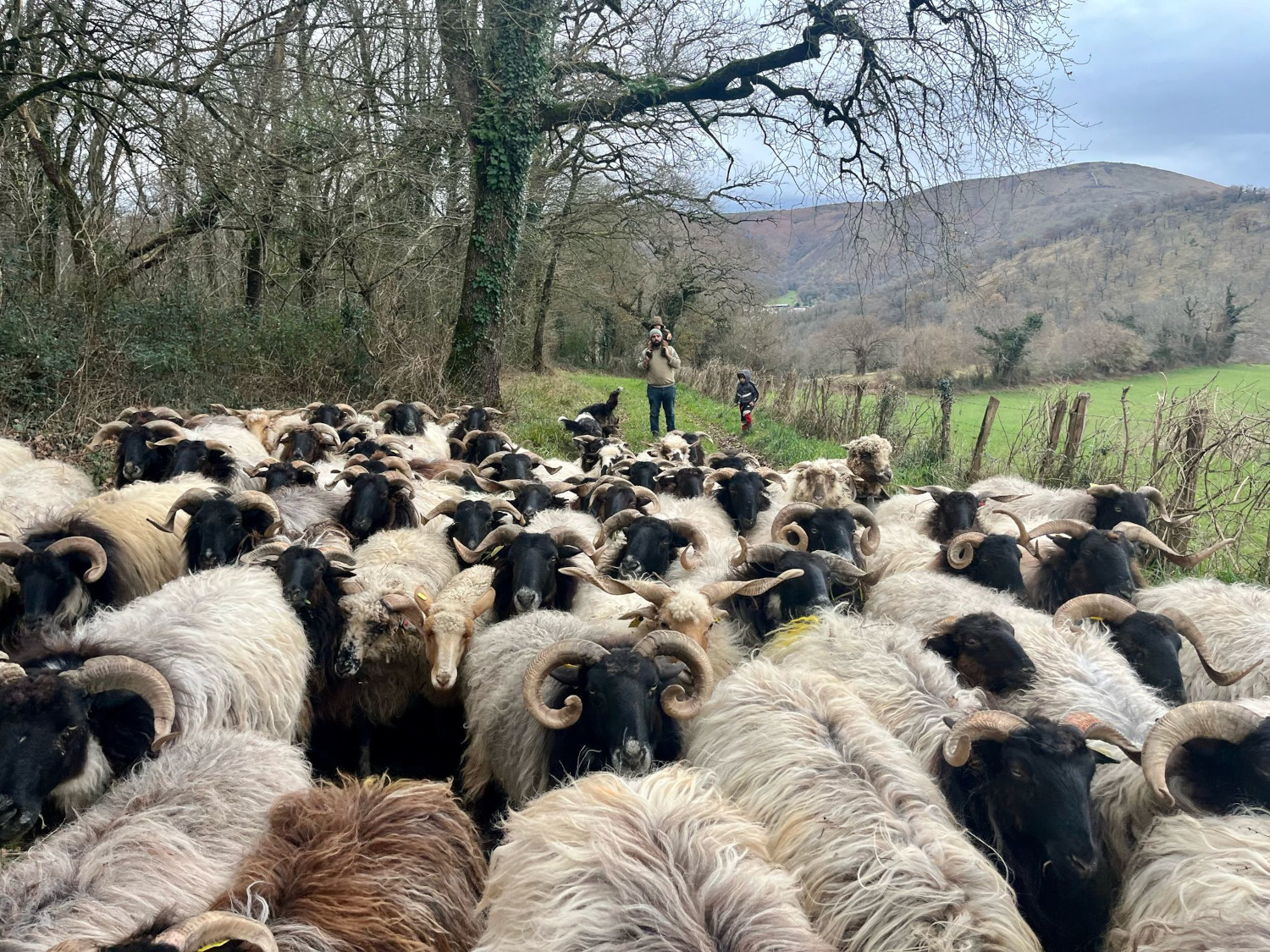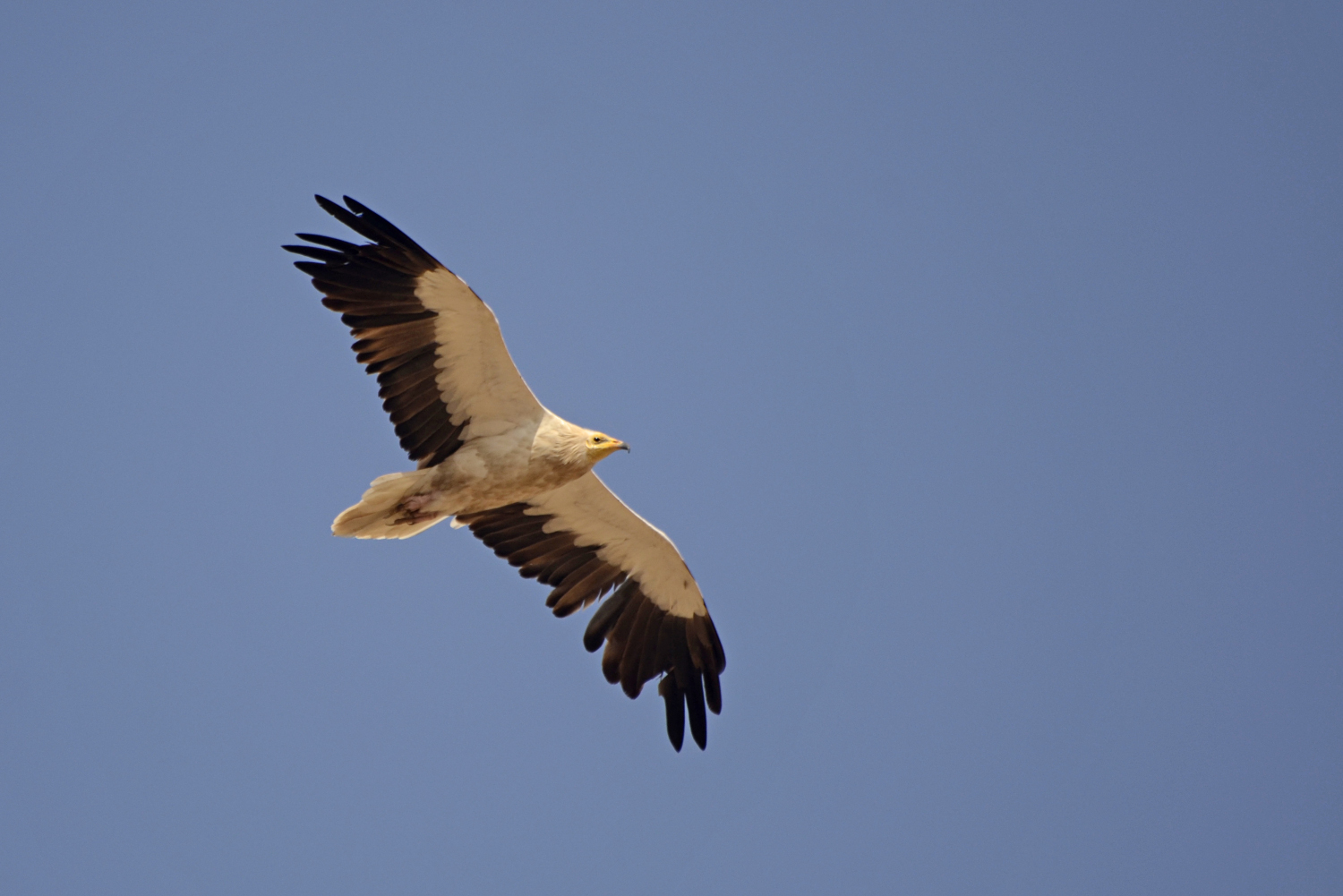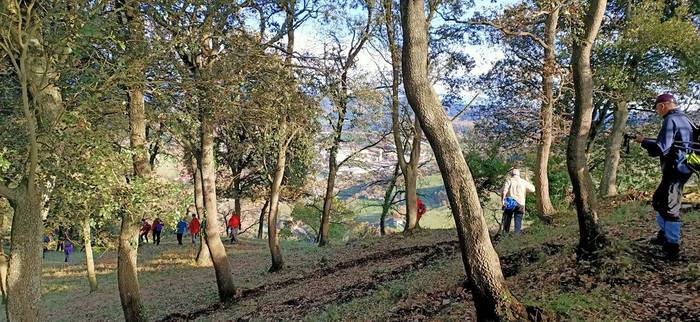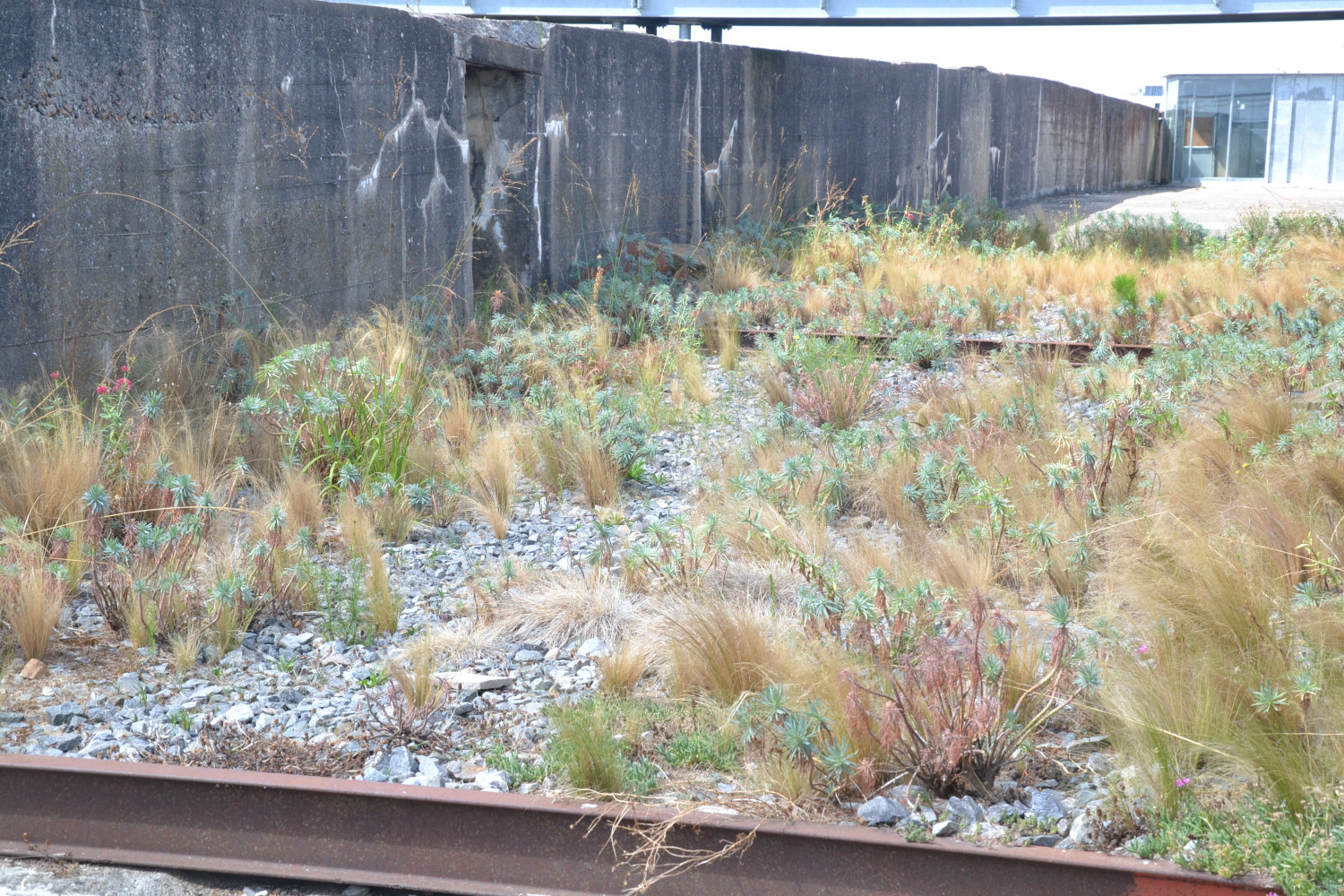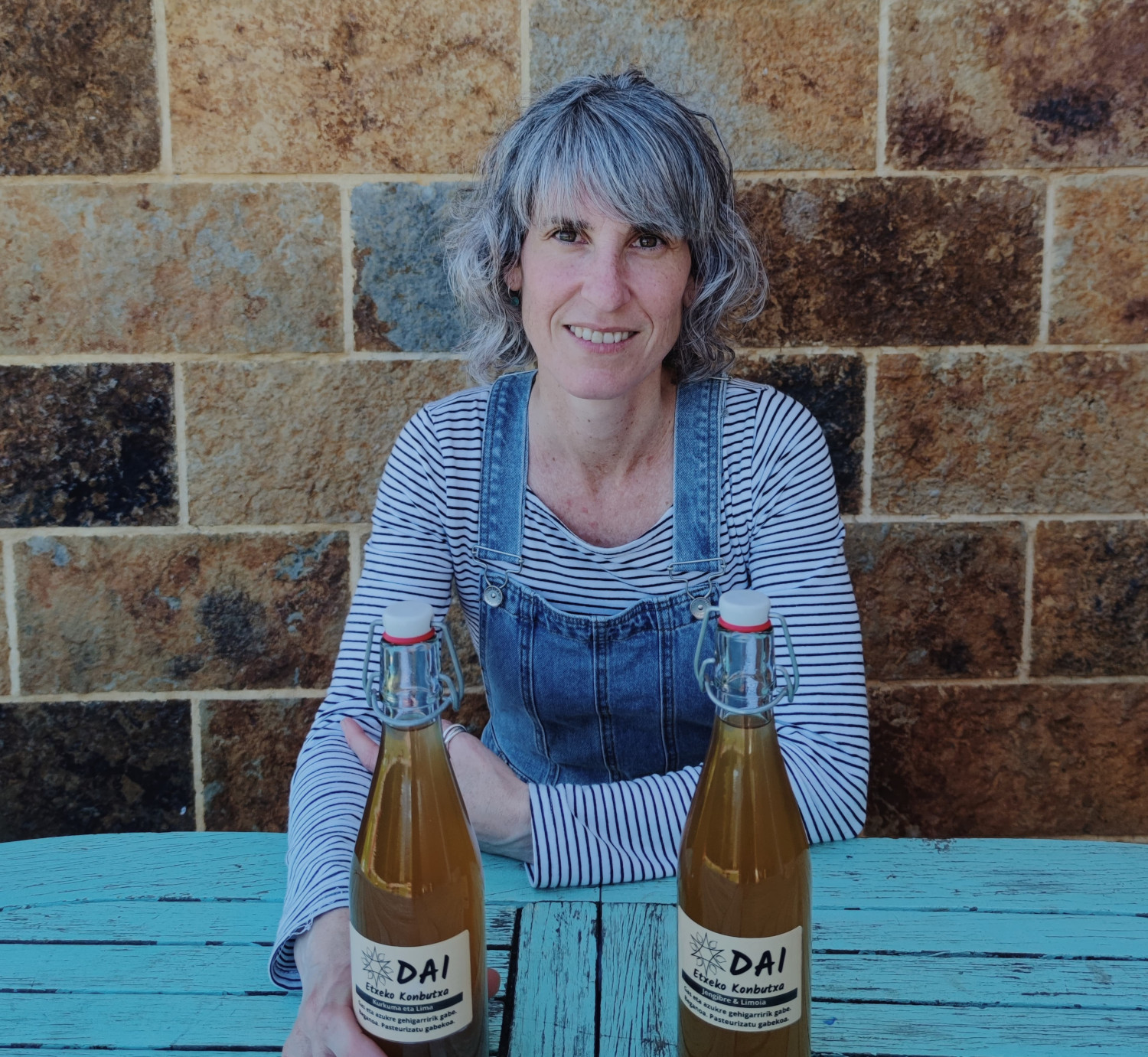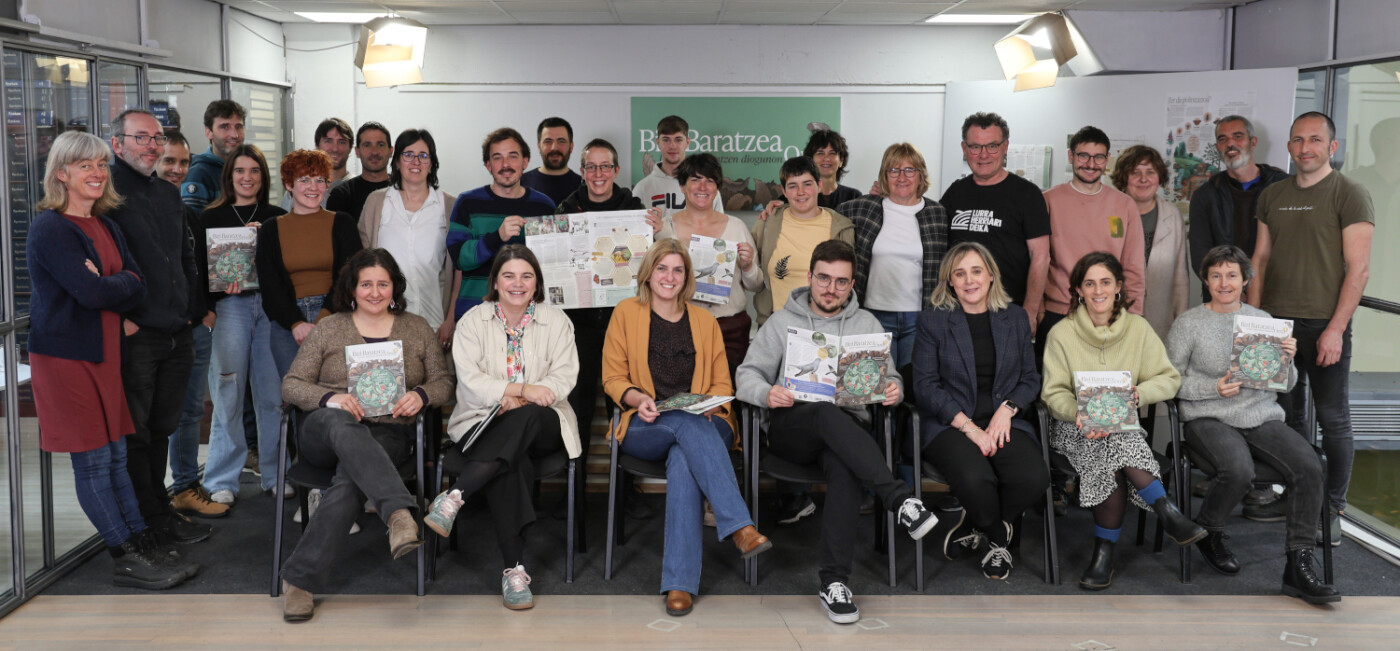Greece here. Gums, thyrimints and woods

The pistachera (Pistacia vera) can be called a fire plant, as when the fruit is stacked its box can become swollen and the food helps straighten the male of our species. It is also worth mentioning the heat plant. He likes heat and receives and gives heat.
The pistachera also has a family. In the genus Pistacia, 10 species are known, all of them from hot lands. Some are desert plants or are adapted to extreme summer drought and, like few plants, can live on salt soil. They are accustomed to extreme weather temperatures of deserts, above 40 degrees in summer and below -10 in winter.
There are two known species of this genus and the hybrid between both in the Basque Country. One is the lentisco or the legulcro or the charnata or the terrón, that is, the Pistacia lentiscus. In classical Greece, they made gomagoxo or gum with their grain, even today. He loves the delicious land of the sea and especially the Mediterranean area. Accustomed to raw climates and places, her beast, the palate or Pistacia terebinthus, needs more moisture than grains and, although she lives at ease at the high and cold ends of the mountains, it is a sun. It's called a goat branch or goat weed or pottery. The goat's name comes from a swelling or bump in the shape of a goat's horn that extends after being bitten by a leaf on the leaves, but with that peculiar shape that is produced in the shape of the apple cuckoo that the oak has. This goat branch is produced by the lice Baizongia pistaciae. The whole plant is aromatic, it has a bitter smell of resin. You also get gomagoxo or chigoma. Robin Lane Fox, a classical historian and English writer with great difficulty in gardening, says in his book The Classical World that in the 6th century before Christ, when Persia was not yet a major empire, the king of the region ascended to the throne by drinking painful milk and chewing or chewing the leaves of the goat. With the special resin of the goat, thyrimintin or thiribintine is also made. A dictionary says that tirrimintin is a slender belt that leaves the lines (Pinus spp). Of the words “Tirrimintin” and “tiribintine” come thyriminth, teremintonate and tiribintinon; I relate them to that goat terebinthus. It is also included in our dictionaries the licurta made with crest, i.e. rubber or lacquer or varnish.
The wood that produces this resin is the most superficial. The Roman writer Virgilio mentions in the epic Eneida, written in the 1st century before Christ, “the ivory embedded by art in the boj (Buxus sempervirens) or in the zaguan of Orico.” Five ivory, but I'd like to have that wood.








